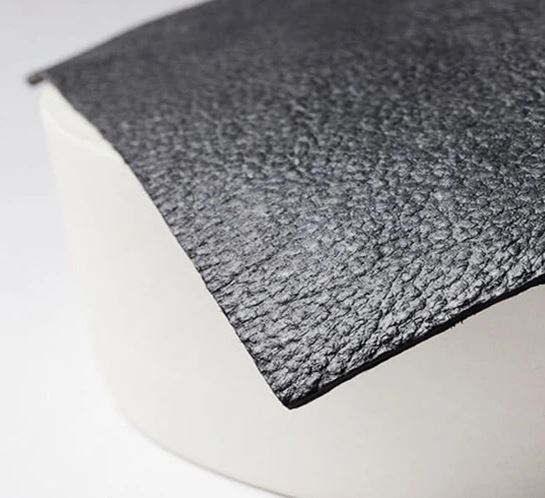On the most fundamental level, faux leather is human-made leather, i.e. artificial leather. It is a substitute for genuine leather and has the same look and feel, without any guilt of animal cruelty associated with it.
Anything that is made with genuine leather can be made with vegan leather – adornments, pieces of clothing, upholstery, decorations, millinery, and bags. It can be easily created and customised in any colour, shape and designs that genuine leather is accessible in and is easier to take care of. Most of the time, Best fake leather can be better to purchase than bad quality real leather.
What is faux leather made of?
Vegan leather is a kind of material made by covering a fabric lining. It has a plastic-type engineered material (delicate plastic layer) so that it would feel like genuine leather, including the characteristic grains inborn on the outside of genuine leather, various shades, and so on. The texture sponsorship might be a stretchy interlock weave texture or a cotton/polyester mix texture.
Other than the issue of hurting animals, there are a lot of reasons why vegetarian leather should be used instead of animal leather. First up, it is very unsafe for the environment. There are issues of abundances in land use and water use and contamination of water sources engaged with leather fabricating. There are numerous preferences to utilising imitation leather to make your coats, shoes, jeans and packs instead of genuine leather.
Different types of faux leather
There are two major types of vegan leather – poly vinyl chloride (PVC leather) and polyurethane (PU) leather. Let’s learn a bit more about them.
- Poly Vinyl Chloride (PVC) leather: PVC is a commonly used non-porous leather, non-permeable in nature, and it is the most hazardous of all artificial leathers as it is made out of toxins. It releases poison into the air as you use it. PU leather is a superior option when compared to this one.
- Polyurethane (PU) leather: In contrast to PVC leather, PU leather is a more feasible option. Also known as bicast leather, It is made from thermoplastic polymer is laminated with polyurethane coating so that it resembles top grain leather.
Know the difference
Even the best fake leather is likely to have a definite plastic/substance smell. The grains on a superficial level will be great – the lines will be balanced and will be even all over. Leather is never perfect unless it is processed. Artificial leather can be made into meagre sheets, though leather will never be as light as the synthetic leather. Leather will have a suede-like back. The fake leather accompanies a texture or plastic support as well.
Advantages of Faux Leather Compared to Real Leather
Vegetarian leather offers several advantages compared to real leather. These would incorporate the following:
- Economical: Vegan leather is much more economical than genuine leather.
- Durable: In terms of durability, vegetarian leather is more durable and can last for a very long time. It can hold out against scratches and scrapes that would damage real leather. It is not prone to crack or peel like genuine leather. It is also stain-resistant.
- Low Maintenance: Vegan leather materials can be cleaned off with a cloth and warm water. In contrast to genuine leather, it does not retain moisture, so faux leather items will not become warped or cracked.
- Realistic Quality: Vegetarian leather has been altered and improved with variations in grain, colour and textures to reflect a visual appearance with realistic leather quality.
- Simple to Work With: Faux leathers can also be printed providing a huge assortment of textures and patterns. Since faux leather is a synthetic material, it can be dyed a rainbow of colours. This fashion-forward methodology takes into account while styling a garment to indoor decor.
Faux leather is easier to work with than genuine leather. More seamless sewing and needlework is possible when it comes to faux leather as the stitching and needle marks are less visible than the ones on genuine leather.
Disadvantages of Faux Leather Compared to Real Leather
Faux Leather does have some disadvantages when compared to real leather. Faux leather does not stretch, breathe or wear like genuine leather. Faux leather is very durable however, it does not develop the same lustre and patina over time as leather. Faux leather is not punctured or tear-resistant like real leather.
In the end, it is all about the choices we make for ourselves to conclude a very good quality faux leather can look and feel much better, even last longer than low-quality genuine leather.
